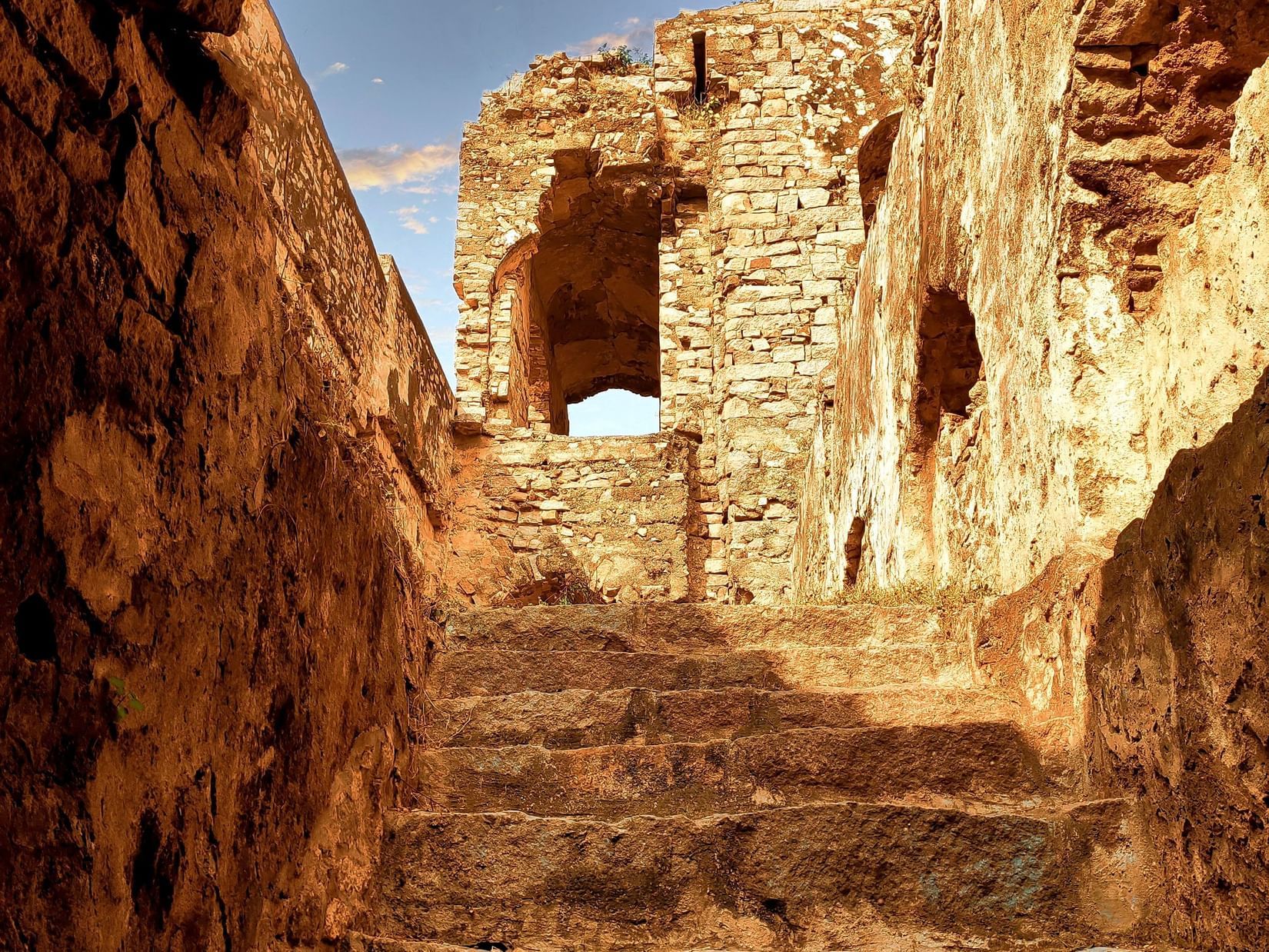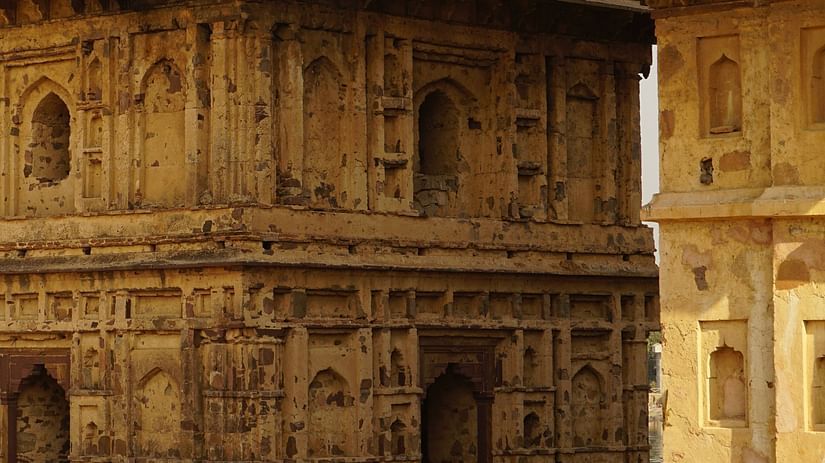- Tirupati Travel Guide
- Tirupati Photoshoot Places
- Entertainment Places in Tirupati
- Tirupati Festivals & Darshan Packages: A Divine Travel Guide for Pilgrims
- Kapila Teertham, Kapileswara Swamy Temple
- How to Travel from Tirupati to Tirumala
- Temples near Tirupati
- Chennai to Tirupati Trip Guide
- Srivari Mettu, Srinivasa Mangapuram
- Plan Your Memorable Trip to Tirupati: A Complete Guide
- Must Visit Markets in Tirupati
- Govindaraja Swamy Temple, Tirupati
- Tirupati Zoo
- Tirumala Museum
- Tirupati Hill Face
- Gangamma Temple in Tirupati
- New Year in Tirupati
- Street Shopping in Tirupati
- Things To Do in Tirupati
- Best Time To Visit Tirupati Balaji
- Monsoon in Tirupati
- Tirupati Tourism
- Places to Visit in Tirupati
- History of Tirupati City
- Things to Do in Tirupati
- Tirupati Balaji Puja
- Yoga in Tirupati
- Trekking in Tirupati
- Famous Food in Tirupati
- Kodandarama Temple Tirupati
- Silathoranam Tirupati
- Chennai to Tirupati by Road
- How to Reach Tirupati From Bangalore
- Brahmotsavam in Tirupati
- Srikalahasti Temple, Tirupati
- The Holy Steps of Venkateswara
- Waterfalls in Tirupati
- Sacred Journey: Hyderabad to Tirupati
- The Sacred Swami Pushkarini
- Seven Hills of Tirupati
- The Glorious Sri Padmavathi Ammavari Temple
- The Top 5 Richest Temples in India
- The History of Tirupati Hair Donation
- Things to Buy in Tirupati
- The Sensational Tirupati Laddu
- How to Reach Tirupati
- Interesting Facts About Tirupati Balaji
- All You Need to Know About Chandragiri Fort
- Exploring Sri Bhoo Varaha Swamy Temple
- The Best Time to Visit Tirupati
- The Mysterious Talakona Waterfall in Tirupati
- 3 Day Tirupati Itinerary
- The History of Tirupati Balaji Temple
- Explore Sri Venkateswara Wildlife Sanctuary
- Popular Hills near Tirupati to Visit
- A Guide to The Best Foods in Tirupati
- A Spiritual Journey at the Temples of Tirupati
- A Guide to Tirumala Sightseeing
- Explore the Famous Temples of Andhra Pradesh
- Tirupati Balaji Darshan Guide
- The Mystery Behind Lord Venkateshwara's Closed Eyes
- The Significance of Balaji Jayanthi

Chandragiri is a well-known fort in Tirupati. Constructed in the 11th century and used by Narasimha Saluva as his administrative centre in 1485. Chandragiri was the fourth capital of the Vijayanagar Empire. During the siege by Golconda Sultans on Penugonda, the Rayas moved their capital to this location.
Chandragiri is a village in the suburb of Tirupati district. The village is part of the Tirupati Metropolitan Agglomeration and serves as the Mandal's administrative centre in the Tirupati Revenue Division.
Chandragiri is a village in the suburb of Tirupati district. The village is part of the Tirupati Metropolitan Agglomeration and serves as the Mandal's administrative centre in the Tirupati Revenue Division.
Significance of Chandragiri Fort
The citadel covers a total area of 25 acres - divided into the lower fort and upper fort. Chandragiri means the hill of the moon as it resembles a crescent. Raja Mahal and Rani Mahal, two well-preserved buildings are inside the fort.
Raja Mahal is a three-storeyed structure made of stone and mortar decorated with stucco. Pyramidal towers resemble the shikhara of temples. In 1989, Raja Mahal became a museum with information about important historical sites in Andhra Pradesh. A collection of artefacts discovered during excavations around the fort includes an armoury, sculptures, coins and documents.
Raja Mahal is a three-storeyed structure made of stone and mortar decorated with stucco. Pyramidal towers resemble the shikhara of temples. In 1989, Raja Mahal became a museum with information about important historical sites in Andhra Pradesh. A collection of artefacts discovered during excavations around the fort includes an armoury, sculptures, coins and documents.


The Rani Mahal is a two-storeyed building next to the Raja Mahal, that served as a stable on the ground floor and residential space on the first floor. The building's inscription mentioned that it once served as the commander's home. Both structures - a result of overzealous restoration operations - have turned pink in colour. At the base of the hill, boating facilities were once functional in the pond. The ruins contain numerous more buildings, mandapas and temples.
You can view the cyclopean masonry ramparts, a few watchtowers and bastions with arched parapets at the Upper Fort perched atop the hill. It is worthwhile to ascend to the summit as you can see the historical remains and look at the stunning views.
You can view the cyclopean masonry ramparts, a few watchtowers and bastions with arched parapets at the Upper Fort perched atop the hill. It is worthwhile to ascend to the summit as you can see the historical remains and look at the stunning views.
Architecture
The Archaeological Survey of India is responsible for the upkeep of the Chandragiri fort and palace. The monument is closed for visits, but the palace is open to the public. The palace is an excellent example of Vijayanagara-era Indo-Saracenic architecture constructed entirely of stone, brick and lime mortar. The beautiful crowned towers are an example of Hindu architecture.
Chandragiri Fort History
Immadi Narasinga Yadavaraya ruled from Narayanavanam and built the fortress around 1000 AD. Yadavaraya's rule ended in 1376 with the Vijayanagara dynasty's conquest. Later the capital was moved from Hampi to Chandragiri after losing the Battle of Talikota (1565). In 1646 and 1782, the Sultan of Golconda and Hyder Ali respectively came into possession of the fort.
Visiting this fort can be a change of scenery from visiting the numerous temples in and around Tirupati. Chandragiri Fort is one of the most frequently visited forts in Andhra Pradesh. Facilities like restrooms, drinking water, signposts, information boards and paved walkways are present, and some of the fort's most important structures have are restored.
Raj Park Hotel Tirupati welcomes visitors to experience the best lodging facilities in Tirupati proferring opulent flair and gracious hospitality. Consider staying with us when you travel to Tirupati.
Raj Park Hotel Tirupati welcomes visitors to experience the best lodging facilities in Tirupati proferring opulent flair and gracious hospitality. Consider staying with us when you travel to Tirupati.